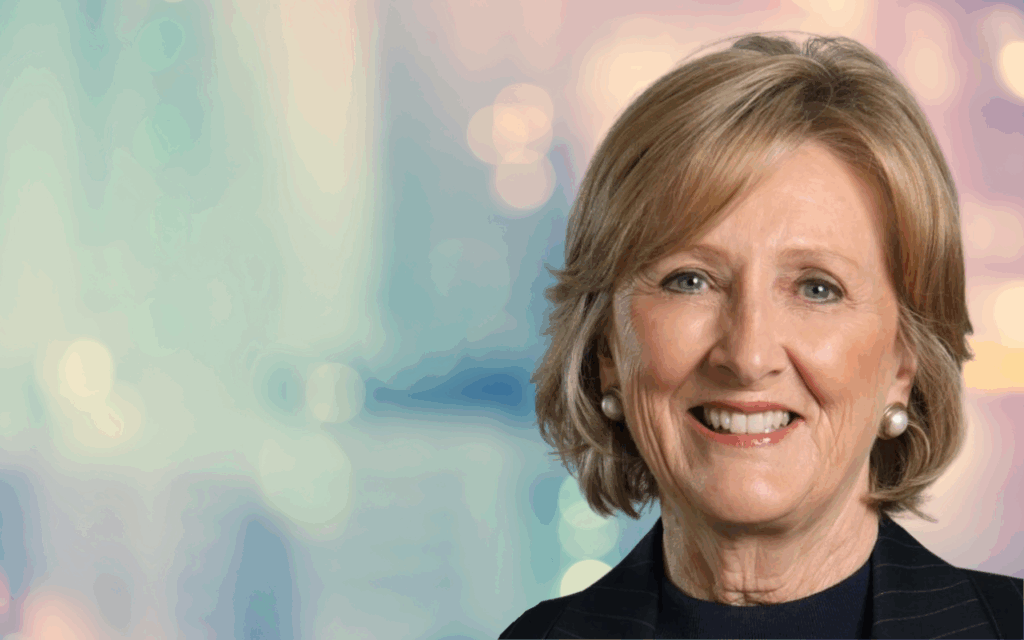
Australia’s public hospitals are currently grappling with severe financial strain, exacerbated by the ongoing dispute over the National Health Reform Agreement (NHRA). In this environment of limited resources, the implementation of government-legislated work health and safety (WHS) reforms is not merely a recommendation but an urgent necessity for the safety of both patients and staff, including those in training.
The announcement comes as directors and officers of public hospitals face the harsh realities of financial non-viability and long-term sustainability challenges. These issues are compounded by intense political and societal pressures, which have never been more pronounced than in the current NHRA debate. Budget constraints, escalating costs, quality concerns, and staffing shortages dominate board agendas, alongside the need to comply with new WHS reforms.
Understanding the New WHS Reforms
The transformational WHS reforms mandate that both physical and psychosocial safety must be integrated into governance structures under the July 2025 Model Code of Practice for the Healthcare and Social Assistance Industry. The goal is to prevent injury and reduce workers’ compensation claims, with public hospitals not exempt from these requirements.
Failure to comply with these reforms could result in significant penalties, including multi-million-dollar fines and, in severe cases, imprisonment for directors and officers for gross negligence. Recent cases in the United Kingdom highlight the potential consequences of non-compliance.
WHS Category 1: Reckless conduct exposing workers to the risk of death or serious injury.
Industrial Manslaughter: Up to 25 years’ imprisonment for individuals and approximately $20 million for bodies corporate in NSW.
The Case for Greater WHS Investment
There is a compelling business and safety case for increased investment in WHS to save lives and conserve resources. Boards must ensure effective systems are in place to proactively address hazards such as poor work conditions, discrimination, harassment, and violence. Protecting whistleblowers is also critical to reducing claims and litigation.
The medical profession is well-positioned to advise on addressing these hazards, with initiatives like “A Better Culture” demonstrating the value of collaborations between senior medical practitioners and WHS regulators. However, the abrupt cessation of funding for such programs underscores the need for sustained government investment in WHS in healthcare.
Challenges for Doctors in Training
Doctors in training face heightened risks of WHS breaches due to factors such as low WHS literacy and fear of retaliation. Surveys reveal high levels of discrimination, harassment, and violence in public hospitals, often without adequate support. Consequently, many trainees suffer from under-diagnosed work-related mental injuries, requiring evidence-based treatment and workplace safety interventions.
Implications of WHS Reforms
The expanded industrial manslaughter laws have sharpened the focus on protecting health workers from harm. Industrial manslaughter involves the unlawful killing of a worker due to gross negligence or recklessness. Where foreseeable risks and unmanaged unsafe conditions lead to death, these provisions become relevant.
WHS reform emphasizes that safety is not a mere bureaucratic checklist but a critical component of saving lives and requires optimal resourcing. The governance work required includes lifting WHS literacy, creating safe reporting mechanisms, and engineering safer work environments.
Practical Actions for Directors and Officers:
- Enhance WHS literacy at all levels.
- Build robust data on hazards and track trends.
- Provide confidential reporting mechanisms.
- Embed psychosocial controls in rosters.
- Audit incident-management quality.
- Advocate for necessary funding and systems.
Conclusion and Next Steps
With updated WHS law literacy and courageous leadership, the boards of public hospitals and medical organizations can turn the tide of workplace injuries in Australia. By embracing WHS reforms, hospitals can become some of the safest workplaces in the country, delivering on their commitment to excellence in patient and worker care.
Securing optimal government funding through the NHRA is crucial to ensure compliance with these groundbreaking WHS standards. Upholding these reforms is not optional but an urgent necessity.
Clinical Professor Leanne Rowe AM, an experienced GP and former hospital board chair, emphasizes the importance of these reforms. She has developed the SafeDr website to empower doctors to uphold human rights in healthcare through these new laws.
For those seeking assistance, resources such as the Doctors’ Health Line and various state-specific services are available to support doctors and medical students across Australia.





